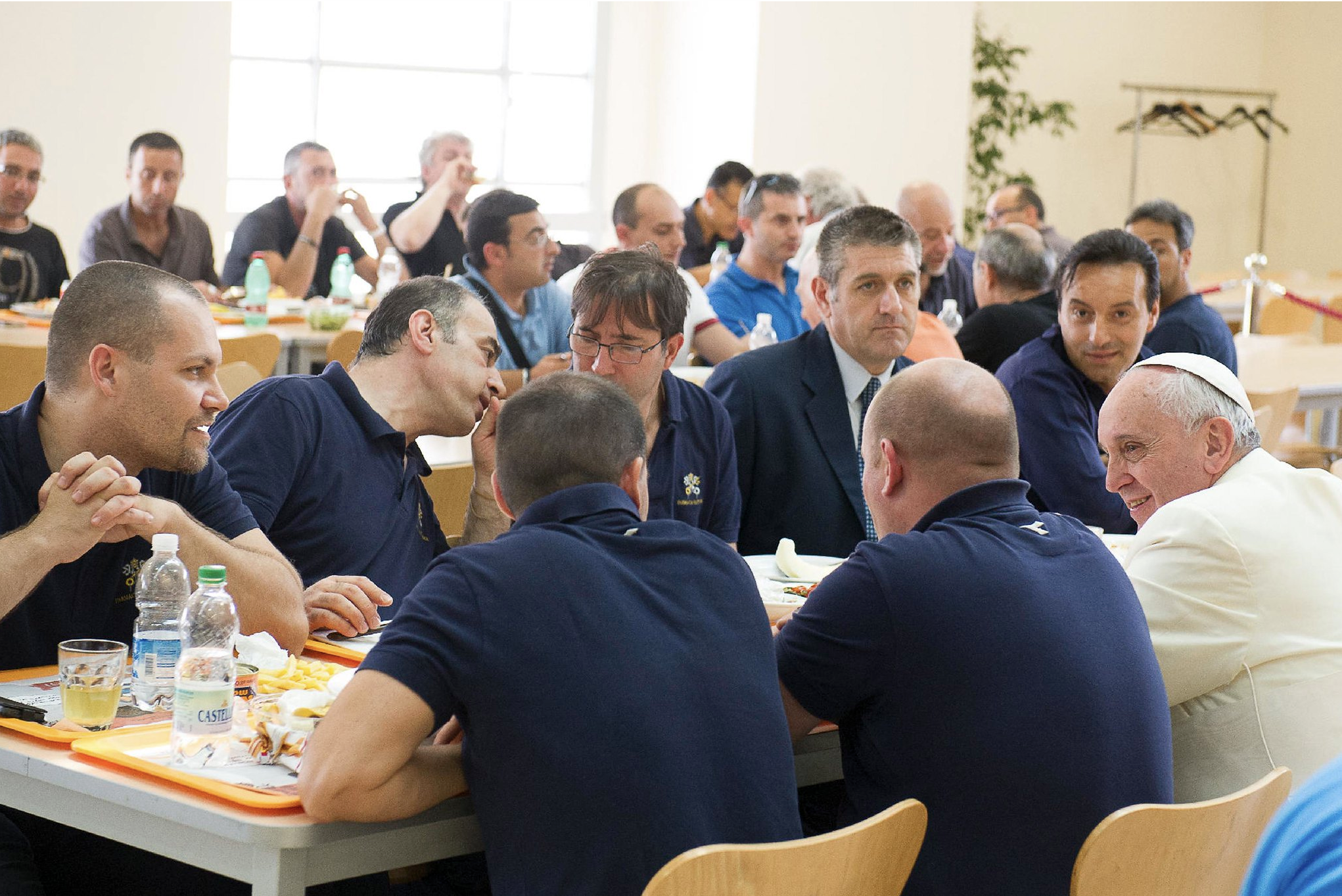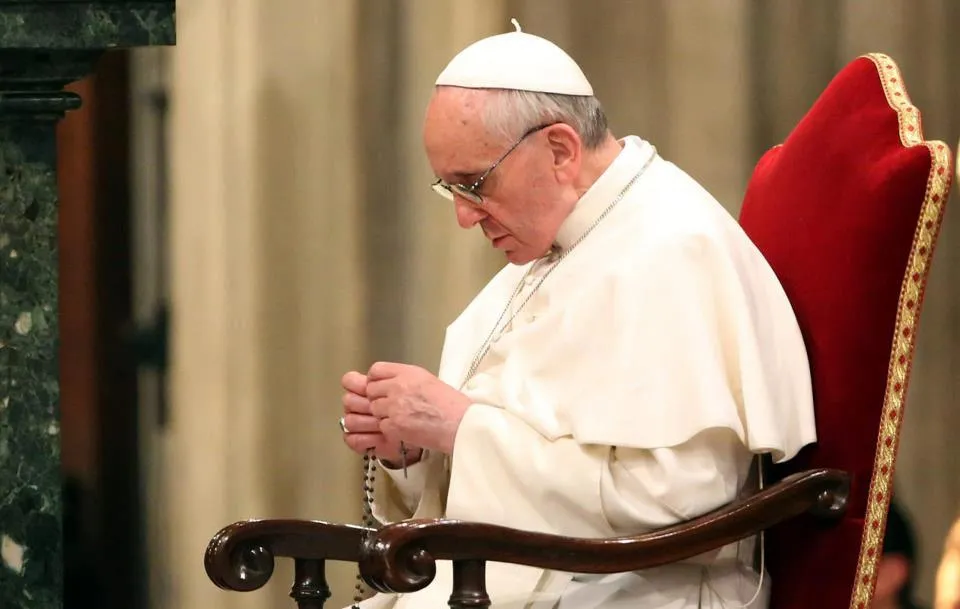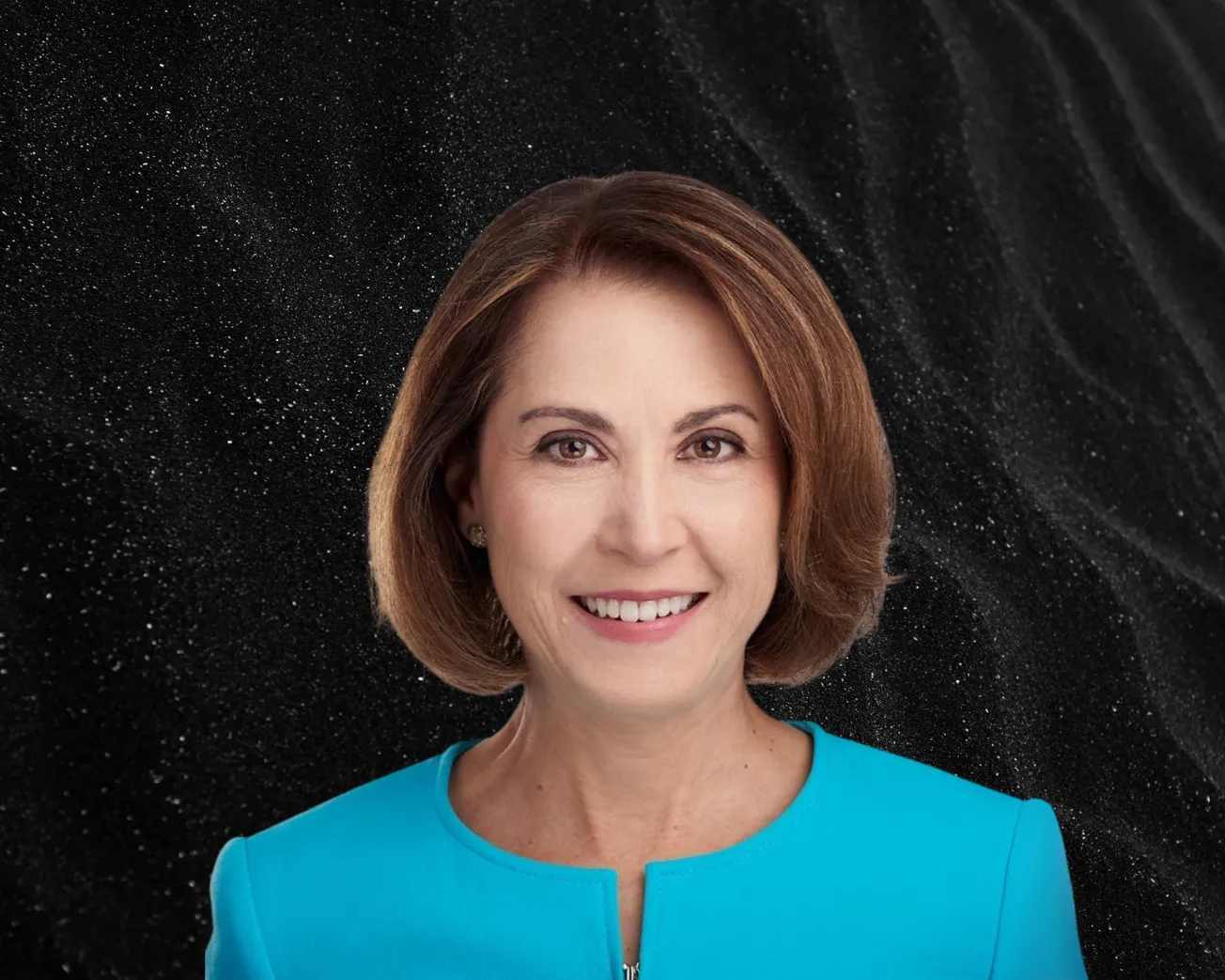Table of Contents
Pope Francis began his pontificate on 13 March 2013 with these simple words “Brothers and sisters, good evening.”
A humble greeting, straight to the hearts of the people, which set the tone for his papacy: close to ordinary lives, attentive to the poor, paying little heed to traditional formalities.
Writing now, in the period between his passing and his funeral, it’s clear that Pope Francis will be remembered for this profound humility, reflected in his simple lifestyle and solidarity with the poor.
But he should be remembered for something else that was close to his heart– his unwavering commitment to caring for the health of our planet.
An Enviromentalist Pope
Pope Francis was the first to choose that name, honouring one of the most beloved of all saints, St. Francis of Assisi (who had, 34 years before, been declared Patron Saint of Ecologists).
In one of his early speeches, Pope Francis said: “And so, the name came to my heart: Francis of Assisi. He is the man of poverty, the man of peace, the man who loves and cares for Creation.”
Francis of Assisi was writing and preaching about caring for our world, about how he considered all nature as the mirror of God and saw all creatures as his “brothers” and “sisters” 900 years ago. He was one of the first environmentalists.
So the choice of name was deeply symbolic for Pope Francis. “Everything is connected,” he liked to say. From the very beginning of his pontificate, he was sending a powerful message about his concern for how we have damaged our environment and about what actions we must take to repair that damage..
“We must examine our lives and recognise how we offend God's Creation through our actions,” Pope Francis said.
Vatican City And The Rise Of Environmental Awareness
In fact, the start of this process of greater concern for the environment can be traced back to an earlier pope. When John Paul II was elected in 1978, the environment was moving to the top of the news agenda and global leaders were beginning to talk seriously about climate change. It was time for the Church to take stock - did its views and doctrine reflect a changing world?
For centuries the teaching of St. Thomas Aquinas was hugely influential in Catholicism. Aquinas considered animals as lacking a soul and fundamentally inferior to humans, put here on Earth to be used for the good of humanity.
Pope John Paul II was determined this would change. He revolutionised the way the Church approached the relationship between humans and animals. "It was the Creator's will that humans interact with nature as 'masters' and intelligent, noble caretakers, rather than as 'exploiters' and 'destroyers' with no regard,” he said.
It was a view that still positioned animals as inferior to humans, but it granted them a more profound right to life.
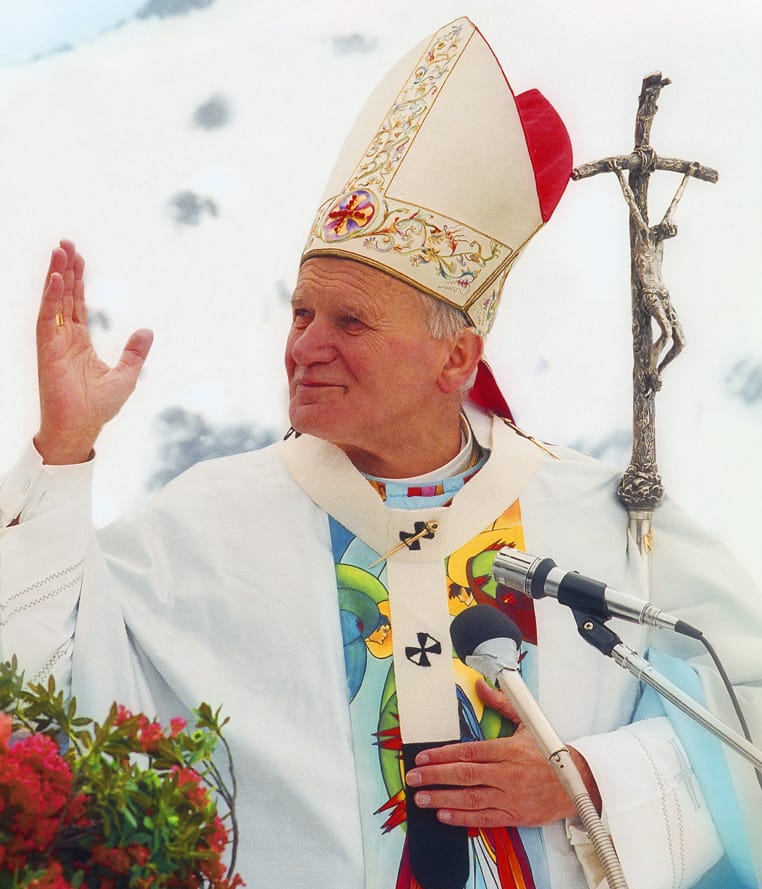
And he was to go further still. During the General Audience of 10 January 1990, he declared: "Animals also have a breath or vital spirit … they received it from God. In this regard, humanity, created by God, appears to be united with all living beings."
In essence he was saying that animals should be perceived as sharing our right to life and our planet. We needed to care for both. Biodiversity and climate change instantly became more significant issues in the Church.
John Paul II was probably the most beloved and important leader of the Catholic church in modern times and held office for 26 years. But would his beliefs be shared and would his work continue under the next Pope, a very different man?
Benedict XVI was elected in 2005. He was a humble Pope. This quality was immediately evident in his perspective on the relationship between humans and nature, a relationship with deep cultural roots that, according to him, needed to be revitalised.
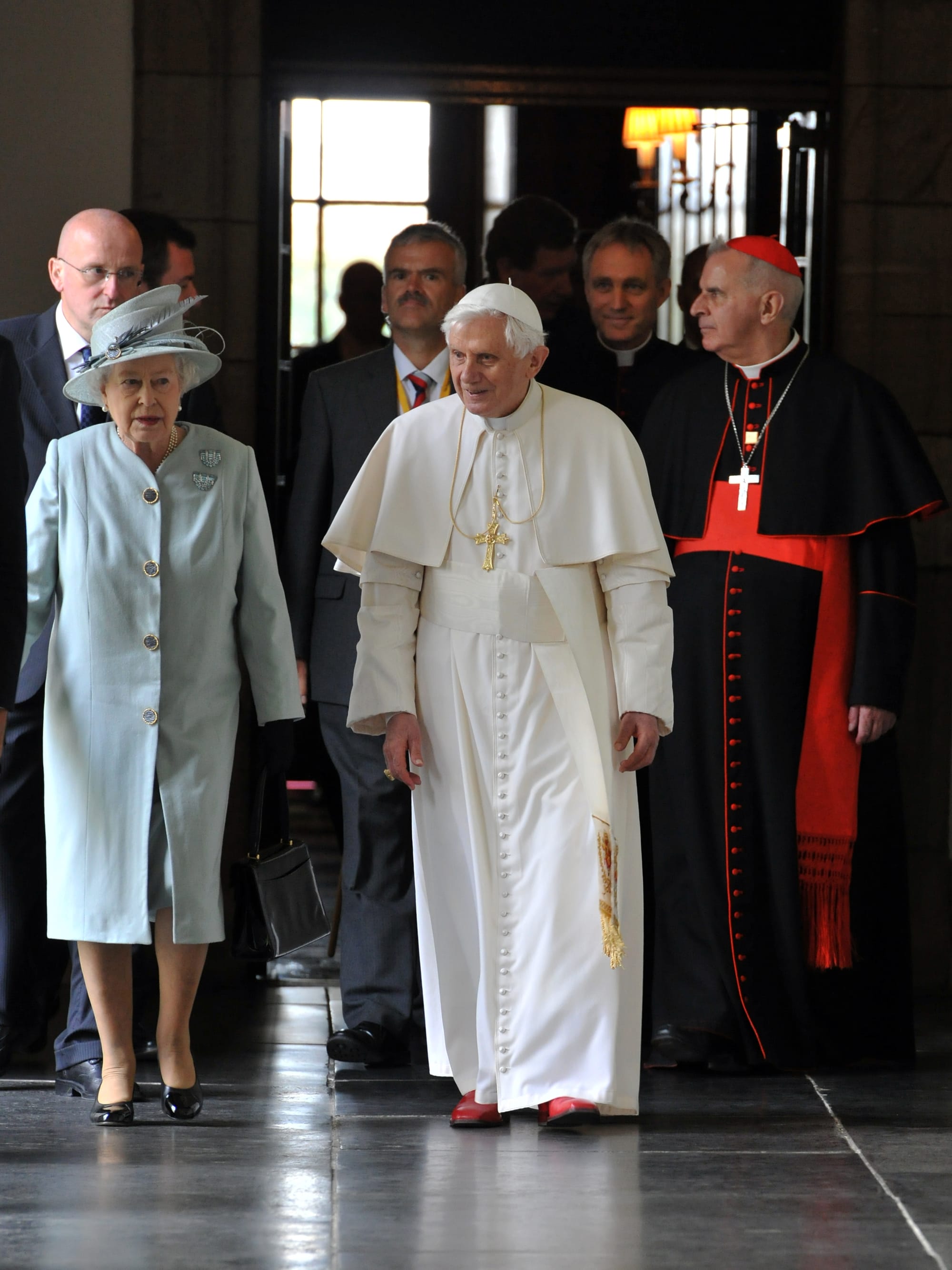
It seemed a change of pope would not bring a change of direction. In fact, he reinforced the bond between humanity and the natural world, stressing the importance of morality in the debate. In his words – “environmental degradation is profoundly connected to the moral decline of humanity,” and that "It is essential for humanity to renew and strengthen that alliance between human beings and the environment.”
Climate Change and News from the Vatican
After his election in 2013, Pope Francis decided to raise awareness about climate change and sustainability, through the Holy See’s daily newspaper L’Osservatore Romano.
During Francis’ pontificate, the newspaper conformed to the Pope’s view of recognising the harm humanity caused to nature.
Climate change-driven natural disasters, pollution-related deaths, and harms to ecosystems and biodiversity were some important themes the newspaper covered. In May 2020, the newspaper established a new environmental column, For the Care of our Common Home, a weekly section dedicated specifically to address environmental issues.
This was coupled to pieces that provided ethical reflection and inspired readers to change their lifestyle by presenting practical solutions as well as calling for institutional and political action.
Pope Francis consistently emphasised the critical role that policy plays in addressing climate change. In a 2016 speech, the Pope stated: “Protecting our Common Home requires increasing political consensus.”
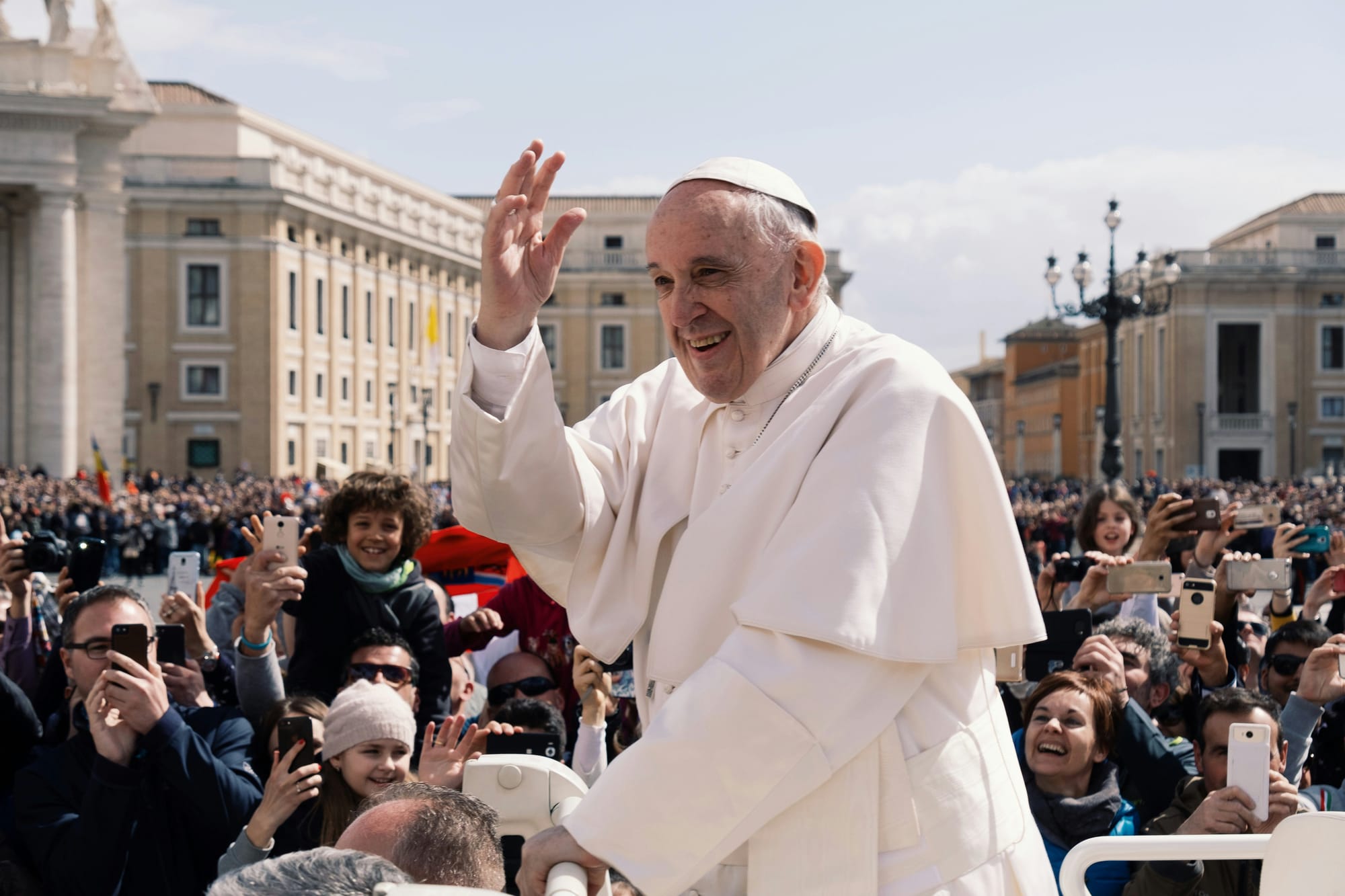
Under Pope Francis, the Vatican progressively engaged with the politics of climate change and sustainability
As highlighted by the Deputy Editorial Director of L’Osservatore Romano, Alessandro Gisotti, "Over time, the Holy See's commitment to climate conferences, especially under Pope Francis, has deepened, reaching a peak with his planned participation in COP 28 in Dubai, though he ultimately could not attend due to health reasons."
The People's Pope
Pope Francis was a man of the people, a pope who placed himself on the same level as everyone else.
I fondly remember when, during my internship at L'Osservatore Romano, he would occasionally drop by the newsroom unannounced, just to say hello and exchange a few words – often about the articles we were preparing, and especially on issues such as climate change.
I also recall how he would refuse to dine in the lavish halls of the Vatican, and instead appear at the staff cafeteria, sitting down next to whoever happened to be there at the time.
The Pope’s views on nature, climate change, and sustainability are extensively covered in his 2015 encyclical Laudato Sì, the first ever encyclical written by a Pope entirely on the subject of the environment.
Pope Francis led the Church towards a renewed vision of the relationship between science and faith. Science can learn from religion, and he believed religion had lessons to learn from science.
Thanks to Pope Francis, the Vatican became directly engaged in the fight against climate change.
Will the next Pope continue this work? We’ll find out soon. But the direction of travel within the Catholic Church has been consistent for more than forty years. It seems likely that the intense focus on the environment ignited by John Paul II, furthered by Benedict XVI, and most amplified by Francis will continue under the next Pope.
